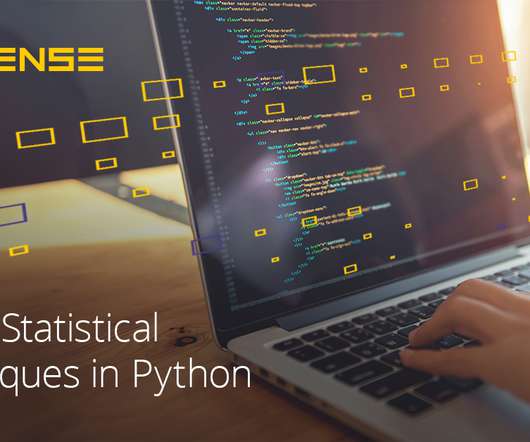What Is Requirements Analysis and Modelling?
The BAWorld
MARCH 8, 2024
Now, the development process of any product or service is a time-consuming process, and it can still lead to a wide difference in the outcome for the required product and the actual final product. Requirements analysis and modelling is probably the most important skill for a business analyst.













Let's personalize your content